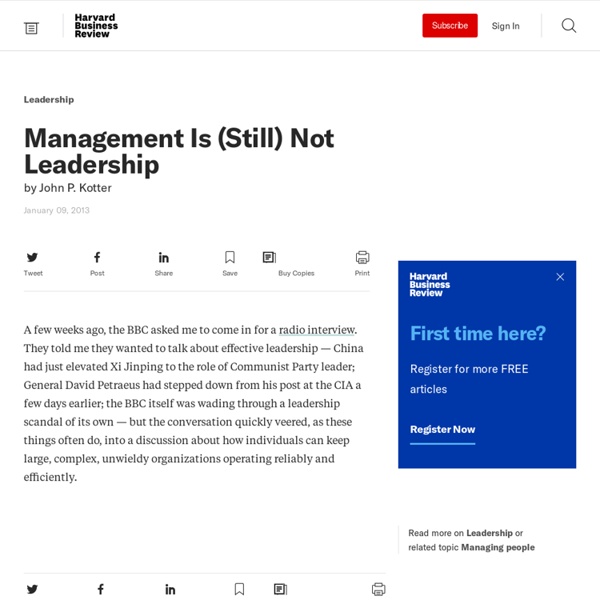



Netflix - culture Millennials on the Job: All They Really Want Is a Little Appreciation Do Millennials care about “length of service” recognition? I can hear you saying no. But you’re wrong. A study conducted by the Center for Creative Leadership in San Diego found Millennial employees have about the same level of organizational commitment as other generations. And there’s even better news from the Bureau of Labor Statistics. A recent study found employees are staying longer with their current employer than they have in nearly 15 years. Millennials want engaging, meaningful work Add an effective career achievement program, where employees are rewarded for their years of service, and that number jumps to 6.7 years. But being pegged as a job-hopping generation isn’t the only myth surrounding Millennials. But what they really want is engaging, meaningful work that doesn’t take over their lives. Sure Millennials expect to be listened to when they have an idea even if they are the youngest person in the room, but why shouldn’t they be? “They want to know their work matters”
Goodies and Gimmicks Won’t Get You a High-Performing Workforce A while back, I was doing a public program on how to keep employee morale high and shared my “Forget the Goodies, Gimmicks, and Gala Events Approach to Building Employee Morale” maxim. I’ll talk a little about that here, but if you want to read a more in-depth riff (rant?) on it, go to Are You REALLY Serious About Improving Morale? After I shared my thoughts about the all-too-common Goodies, Gimmicks, and Gala Events approach to morale and engagement and why it’s such a huge mistake, an HR manager raised her hand and shared her experience with this approach. Each year, her employer spends about $20 per employee on a Christmas gift (this was before the PC Police starting trying to make people pariahs for using the world Christmas). An all-too-familiar story She said how one year the gift was a plush beach towel and the previous year’s gift was a really nice picnic basket. Does some variation of that story sound familiar? After she shared her story, I found myself thinking: 3 things you can do
Are You Really Serious About Improving Employee Morale? One of the questions I’m most frequently asked is “How can we improve morale?” because morale affects every aspect of a company’s competitive advantage, it is a critical question to ask. Business objectives that relate to your company’s success, such as increasing quality, productivity, and customer loyalty, while reducing turnover, absenteeism, and safety related costs, are all influenced by employee morale. In difficult times like the ones we are facing, when many employees are anxious and overwhelmed, it is more important than ever to know how to keep employee morale high and employees engaged — despite what’s going on in the world. Knowing this will help you combat the negativity that can drag down a workforce and make it less productive, less capable of providing great customer service, and less adaptable to change. Therefore, keeping employee morale high should be on every manager’s radar screen, and knowing how to do so a central part of their skill set. It won’t. What does?
How Google Became the #3 Most Valuable Firm by Using People Analytics to Reinvent HR Google has the only HR function on the planet that is managed based on “people analytics” Larry Page — the CEO If you haven’t seen it in the news, after its stock price broke the $800 barrier, Google moved into the No. 3 position among the most valuable firms in the world. Most on the top 20 market cap list could be accurately described as “old school,” because most can attribute their success to being nearly half a century old, having a long established product brand, or through great acquisitions. Continuous Innovation Requires a New Kind of People Management The extraordinary marketplace success of Google (and Apple, which is No. 1 on the list) is beginning to force many business leaders to take notice and to come to the realization that there is now a new path to corporate greatness. “New path” firms dominate by producing continuous innovation. Why Firms Need to Shift to Data-based People Management Decisions Relying on Relationships in HR … Must Give Way to Data-based Decision-making